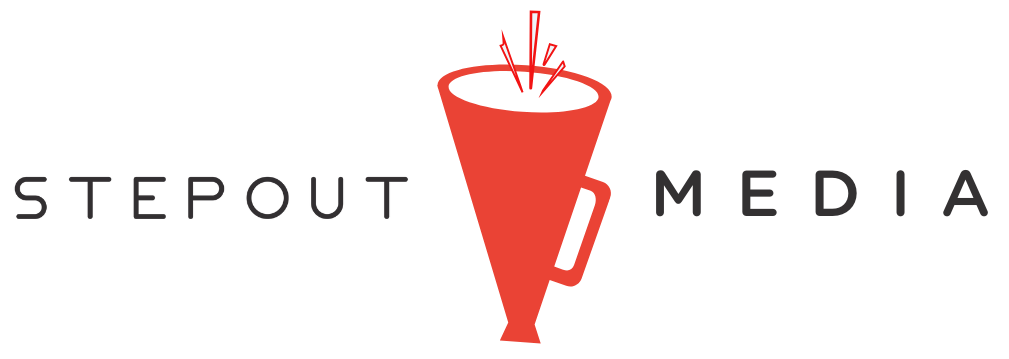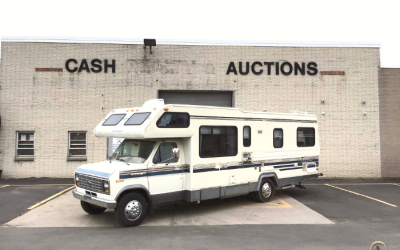This post was written by Emily Martin, Owner of Ally HR Partners LLC
New York State added another item to employers’ operating checklists this past week with the passing of the HERO Act. There is no immediate action required, but employers should be prepared to comply with this plan within the anticipated time frame. To help with this, we’ve prepared a summary below of what will be required, and some helpful input and suggestions to make compliance as easy and least disruptive as possible.
We of course welcome you to reach out with any questions or assistance on putting together a compliant plan for your business. Note, the “due dates” in this piece differ from those published in other articles on this topic, because those other topics do not reflect the latest amendments on the law.
What’s Required?
1. All Employers must create and rollout an Airborne Infectious Disease Exposure Prevention Plan by July 4th, 2021.
- Employers may simply use the model plan which will be rolled out by the DOL by July 4th, or they can create their own plan.
- Plan requirements will be specific by industry. The plans will include information and details on the employer’s worksite plans for future airborne disease breakouts for things like employee health screenings, face coverings, PPE, cleaning and disinfecting, social distancing, etc.
- Note, Employers’ work sites include any physical space, including a vehicle that has been designated as the location where work is performed. It does not include an employee’s home unless provided by the employer, so remote workers’ homes are not covered.
- If employers decide to create a plan on their own, it must be done with employee participation.
Tip: Chances are that you’ve already put together many practices and plans that cover most of these required areas based on operating throughout the past year under NYS COVID guidelines. The policy established by the DOL will likely have the same or similar requirements to those, so it’s likely now you just simply need to document and formalize what you’ve been doing.
2. The plan also must be added to your employee handbook by September 2nd, 2021.
Tip: This doesn’t mean you have to create a whole new handbook to rollout now. You can note this to add for your next complete review and rollout a simple addendum now to staff (throw in anything else you want to change in your handbook right now too!).
3. The law also requires this plan to be reviewed verbally with employees- which means your rollout should probably involve an in-person meeting.
Tip: Because calling an in-person meeting with all staff is not an easy feat for most employers, consider grouping this rollout with other needs or requirements like the required annual Sexual Harassment Training, a quarterly town hall, or other important announcements or rollouts.
4. The plan also must be included in new hire paperwork and packets moving forward.
Once complete, make sure this policy makes it into your new hire packets, whether in person or online, also by Sept 2nd.
5. The plan also must be posted in the workplace wherever your other postings exist by September 2nd.
6. Employees with 10 or more employees are also required to allow employees to create a “joint labor-management workplace safety committee” by November 1st, 2021.
- Note this also applies to employers with less than 10 employees but an annual payroll of $800k or greater AND a worker’s comp rating over 1.2.
Tip: There are very specific rules for what this committee needs to look like, as well as rights and privileges of employees participating on it. If you are an employer who has employees who request to have this committee created, we recommend reaching out for further guidance.
Tip: Employers are not required to proactively create a committee, nor encourage or advertise this beyond what will certainly be included in required policy language, so there is no need to take action here until a request is made.
What else do you need to know?
- An unsurprising component of this law is prohibition of retaliation against employees who exercise their rights under this law, including making complaints about health concerns or practices, or even refusing to work when they reasonably have concerns about safety.
- Penalties for not complying with this law are real. They start at minimally $50 per day for each day an employer does not adopt a required plan, and minimally $100 per day for not following the plan. From there, penalties for reported and founded violations increase with frequency of violations and time.
Tip: If employers face issues with employees in this area moving forward, we highly suggest reaching out before acting as to not inadvertently mishandle the problem. Secondly, this area of risk is just another item to add to the list of reasons why training for front line Managers on this and other items that create liability for the business, is more essential than ever and a really good idea. If you are interested in having this training done for your Managers, we encourage you to reach out.

This post was written by Emily Martin, Owner of Ally HR Partners LLC, a Buffalo-based HR consulting firm that helps small businesses identify and implement custom solutions to their people problems and opportunities. Often a business’ #1 expense, Ally HR Partners believes your people should be your #1 asset. Through an integrative partnership approach, Ally becomes your internal expert on all things HR including compliance assurance, performance management, and strategic HR initiatives designed to make the most out of your Human Capital. For more information about how Ally can work for you, visit AllyHRPartners.com
















